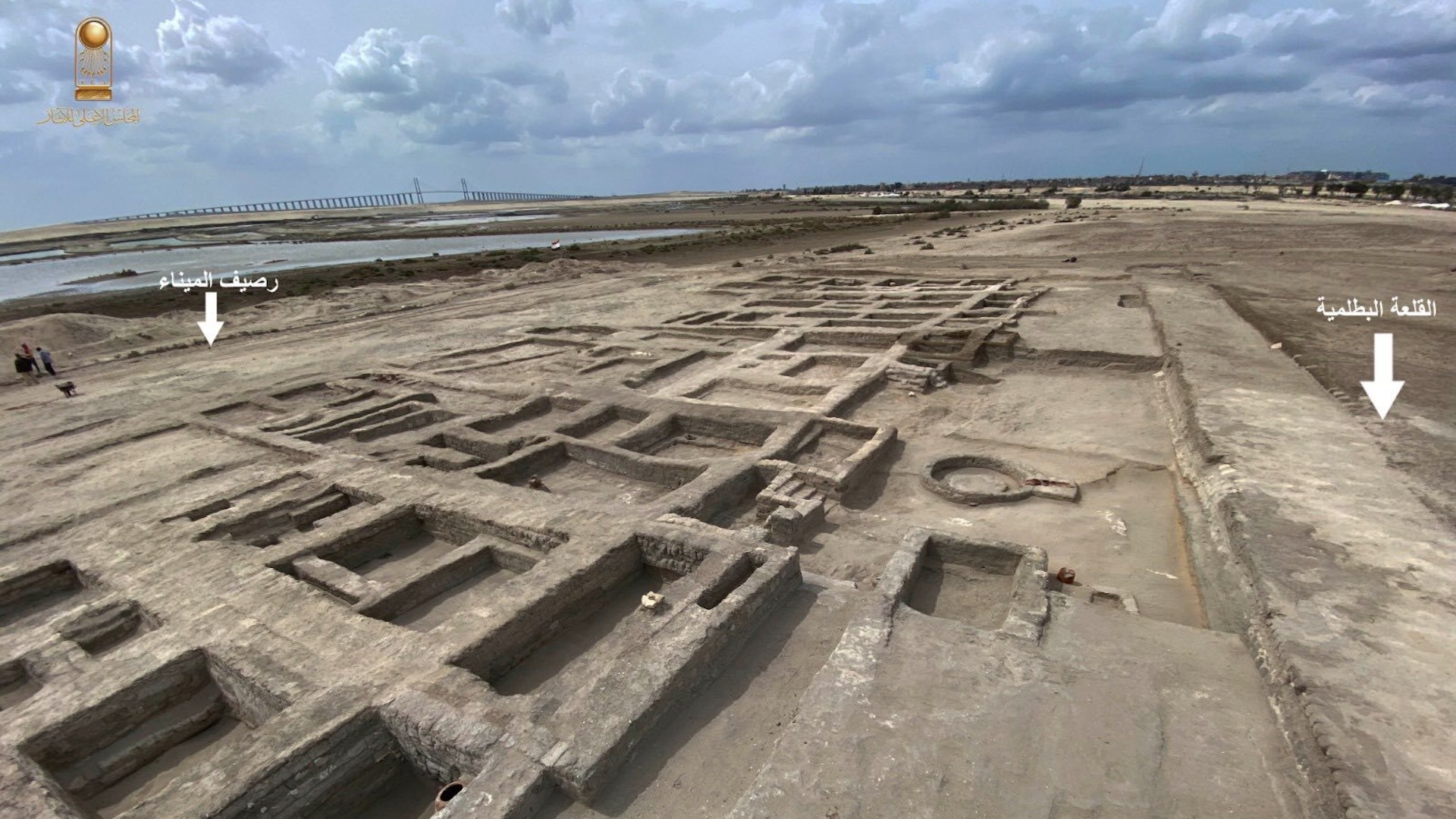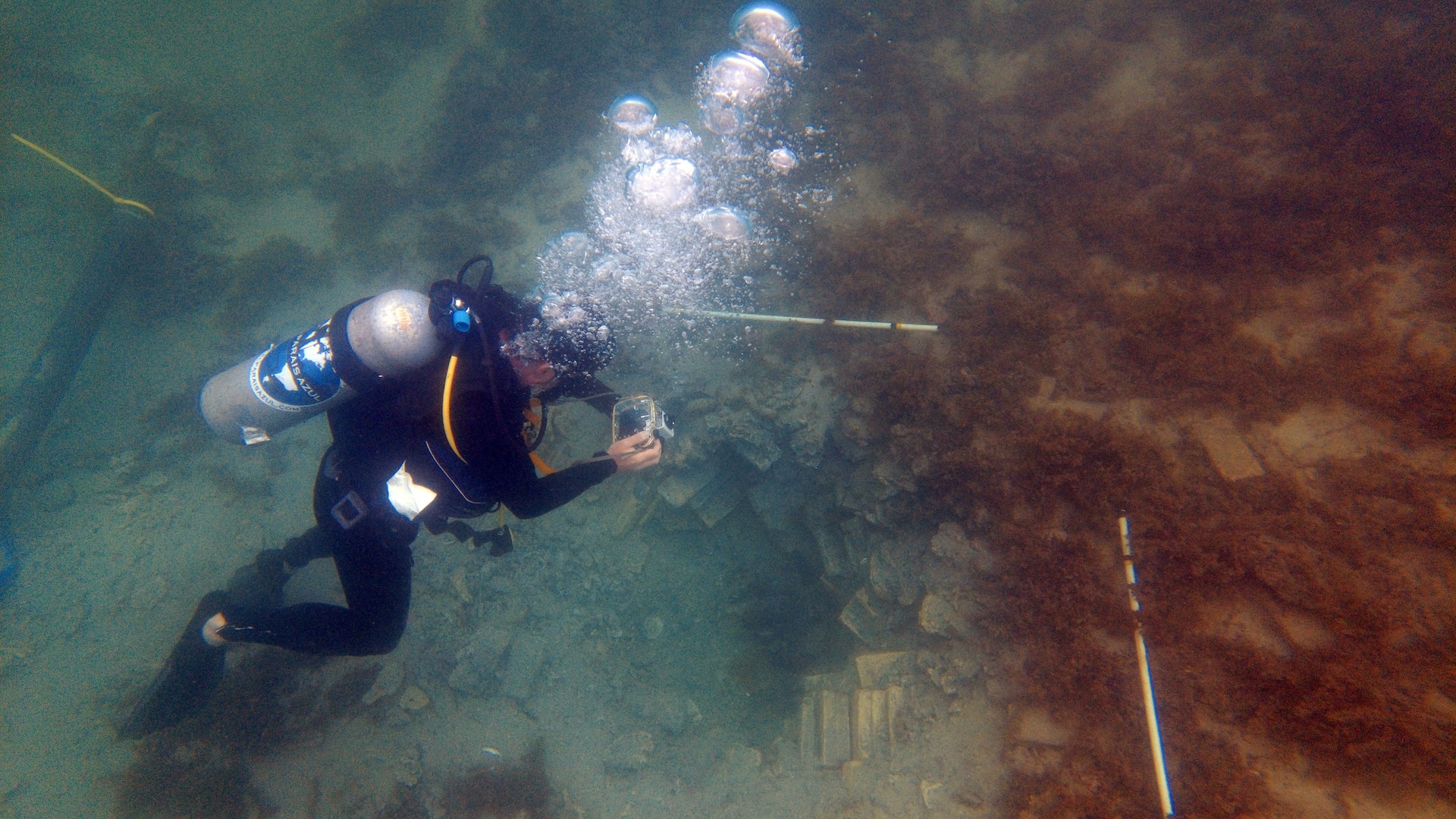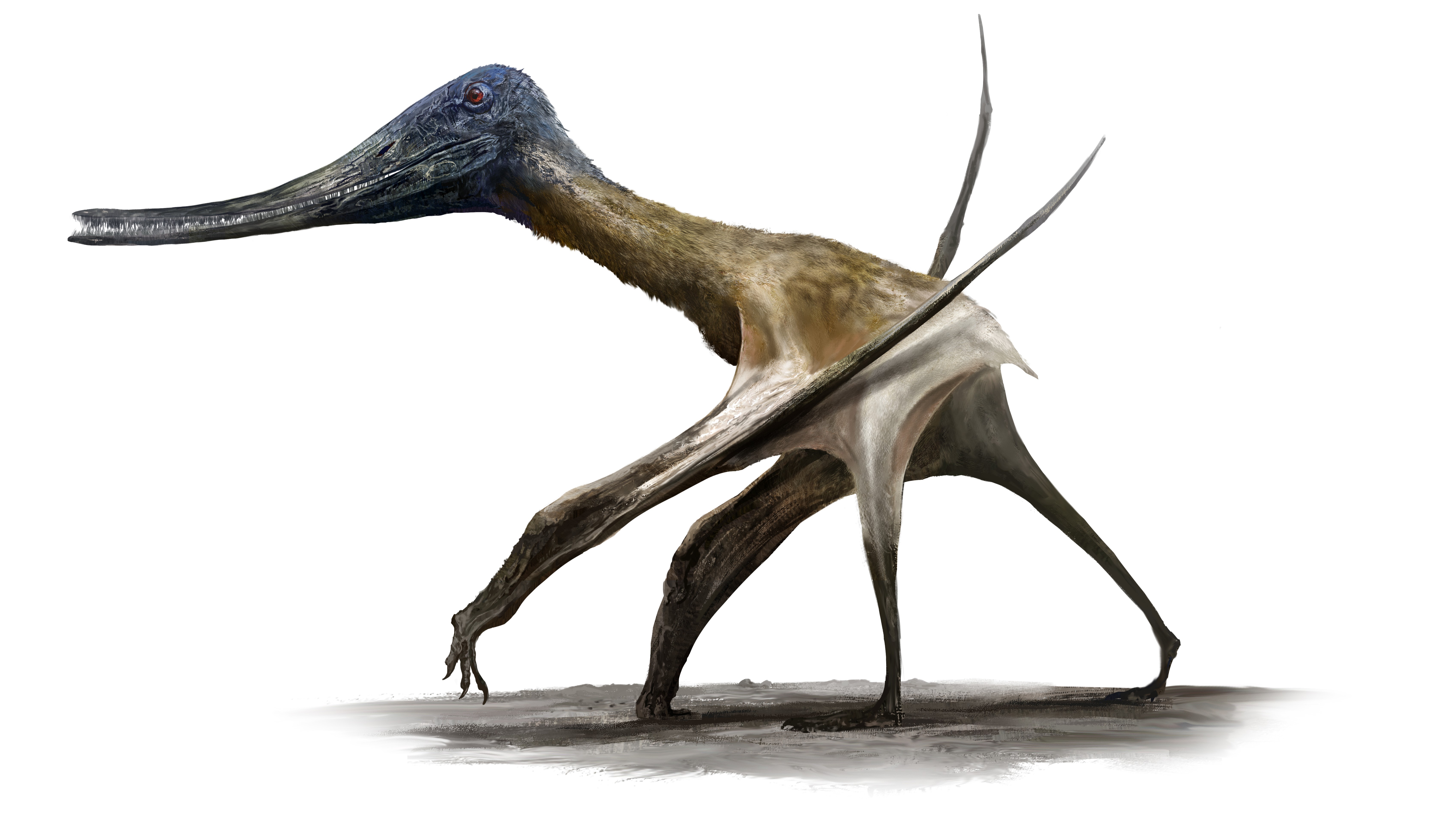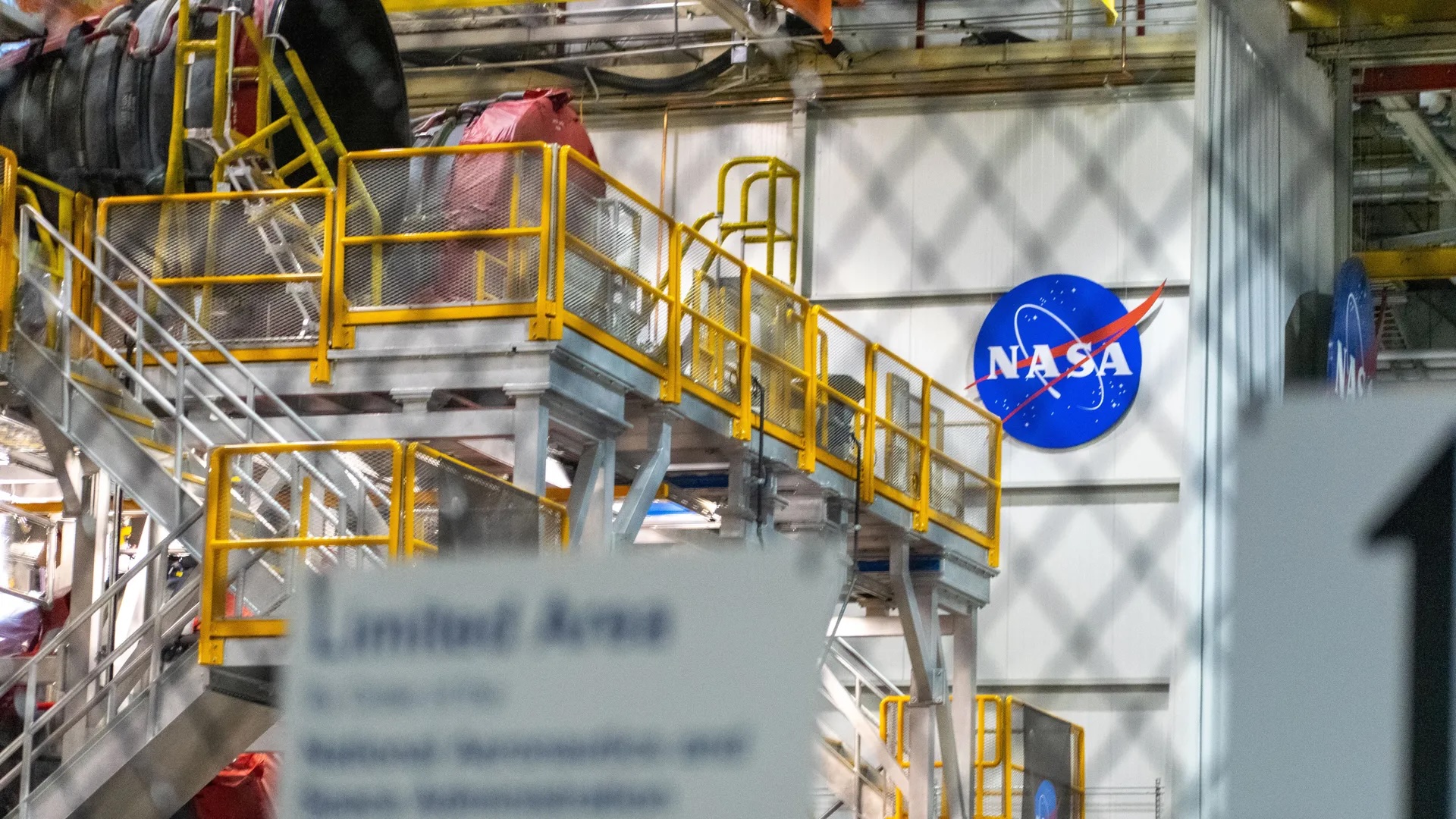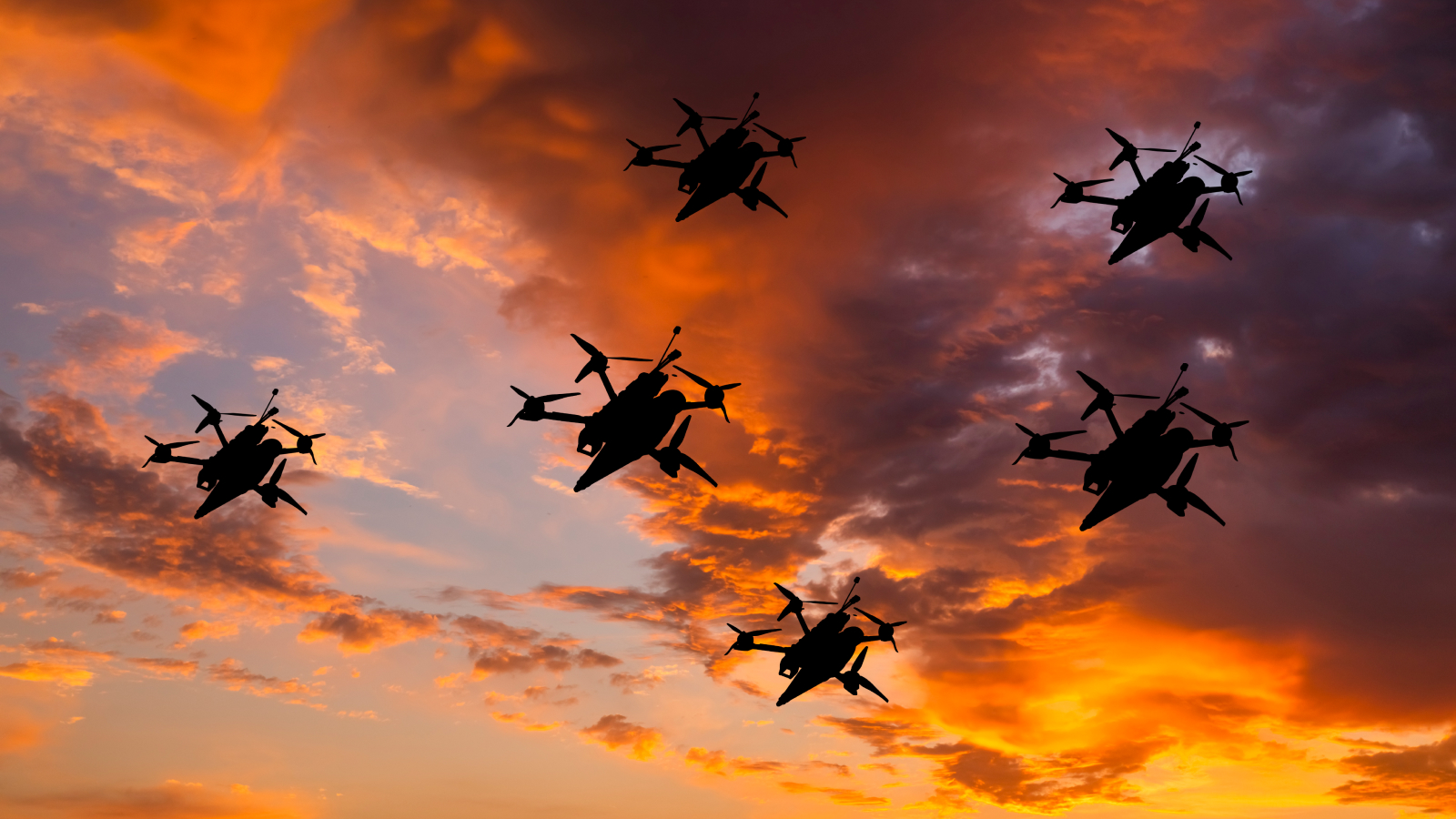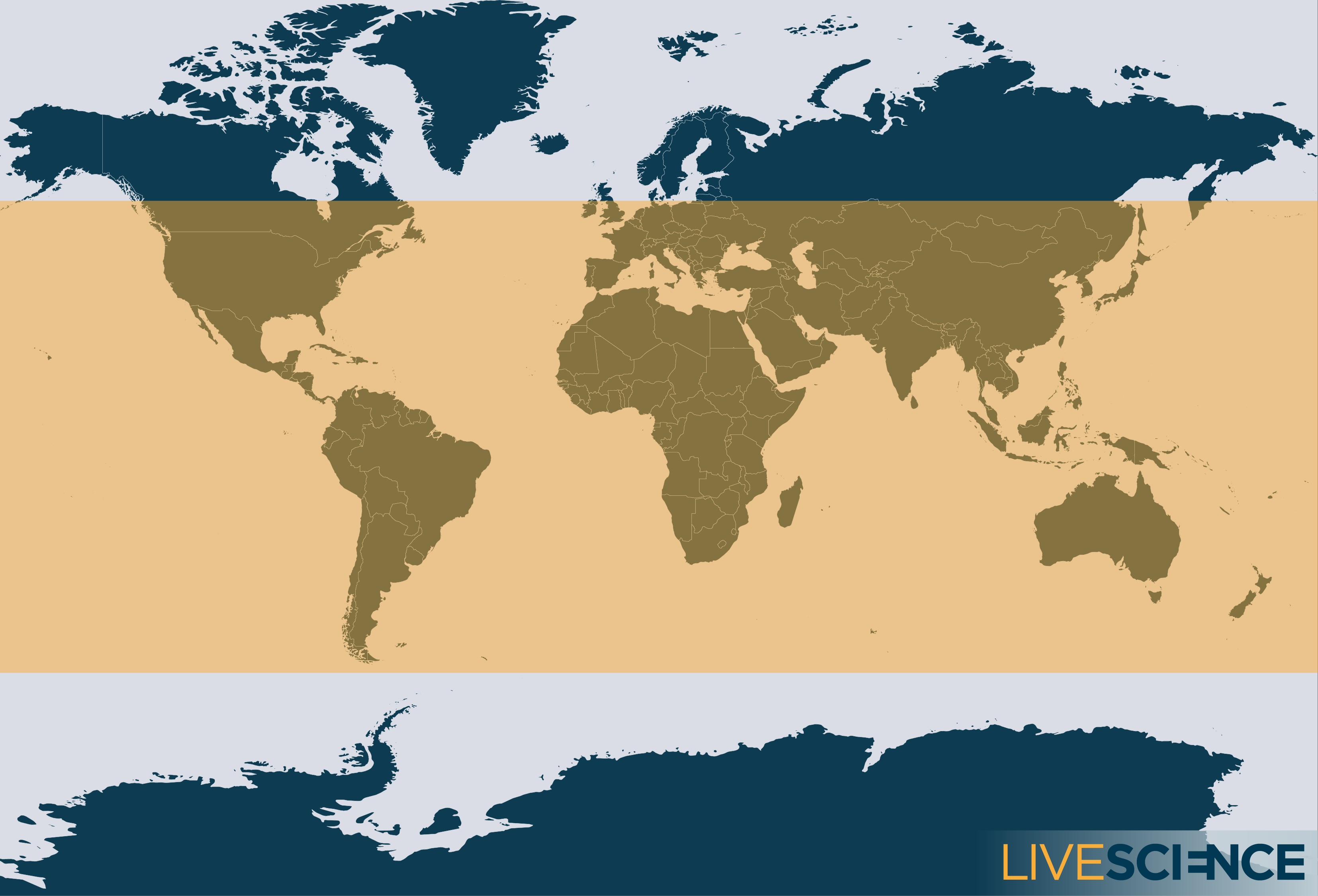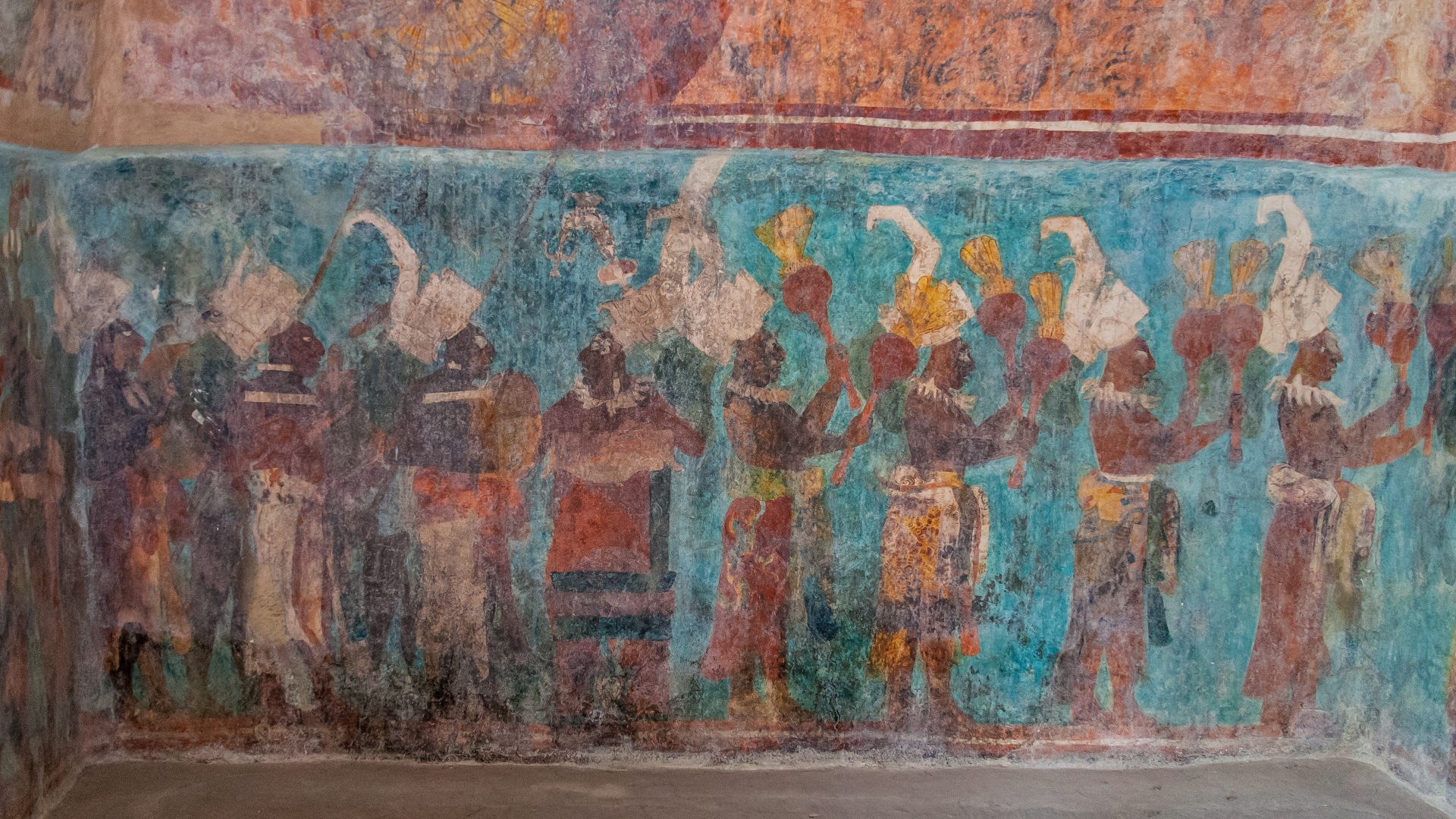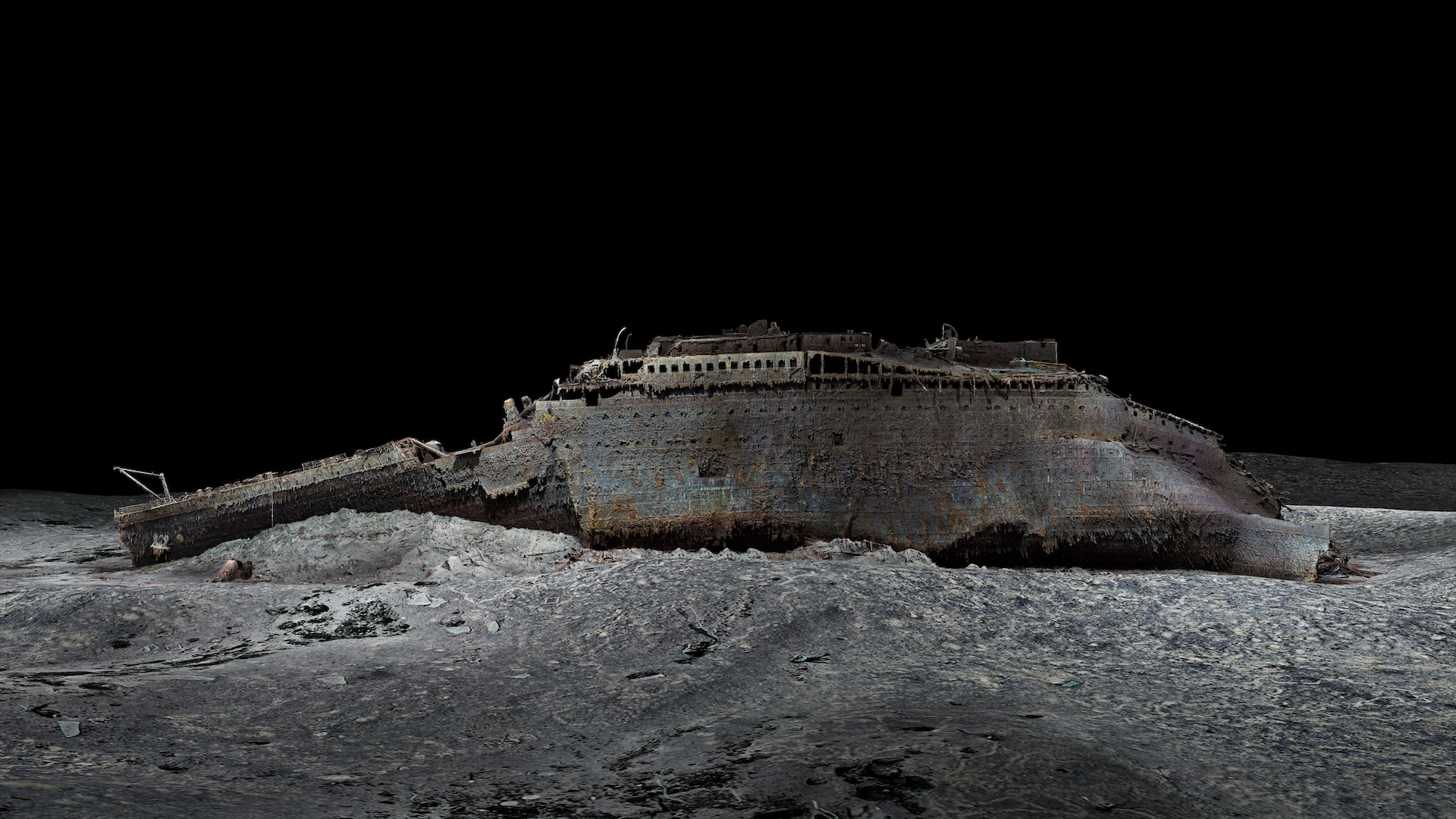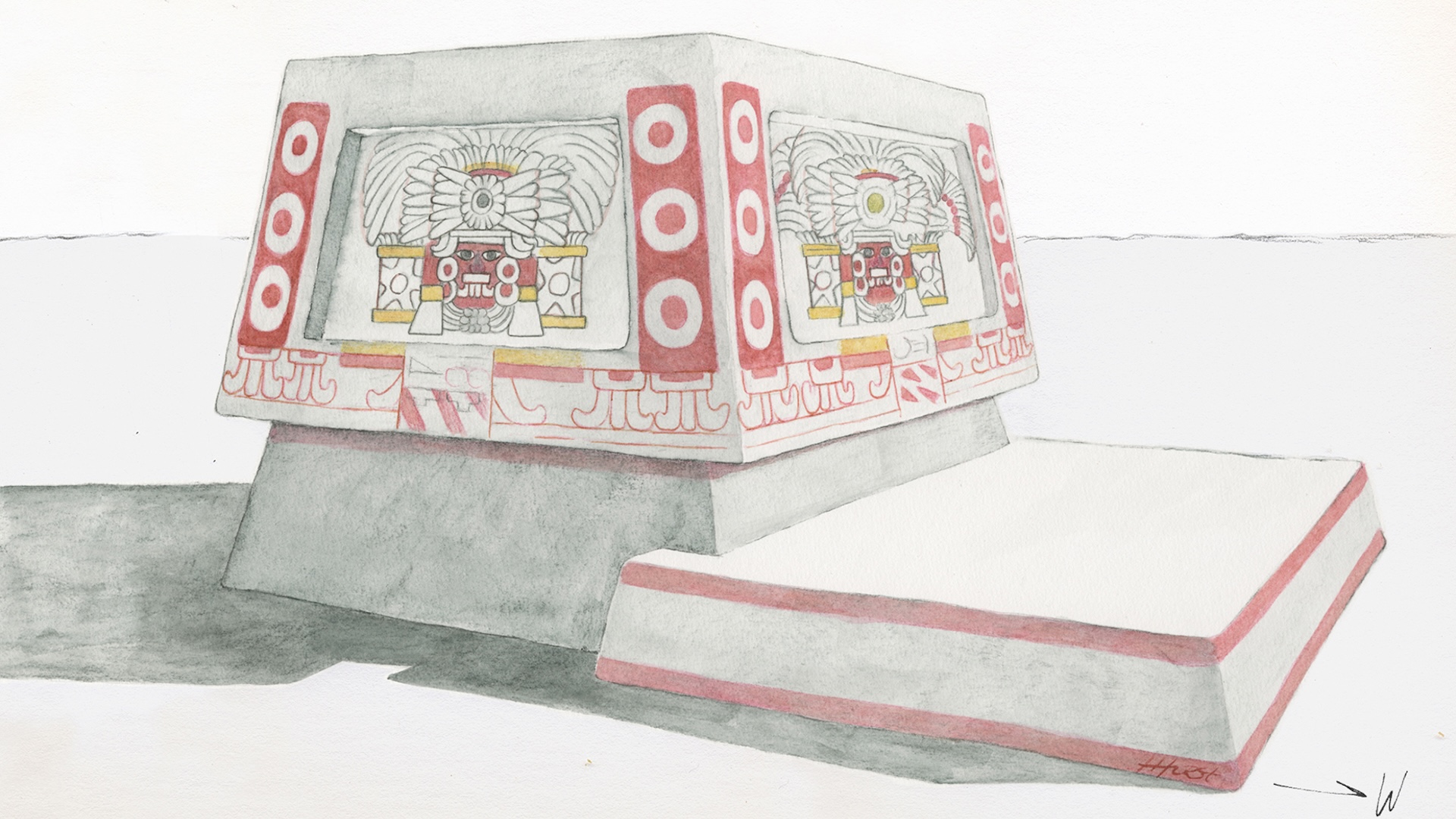NASA Watched This Baby Island Burst From the South Pacific. And It Seems to Be Here to Stay.
Near the end of December 2014, scientists realized satellites were spotting a volcanic plume from territory within the nation of Tonga in the Pacific Ocean. By the end of January 2015, the eruption was over — and new land stretched between two older, small islands called Hunga Tonga and Hunga Ha'apai. (This third small island is referred to unofficially as Hunga Tonga-Hunga Ha'apai.)
Dan Slayback, a scientist at NASA who focuses on using remote sensing data, watched the eruption unfurl and started plotting a way to see the new land in person. And in October, he and a team of scientists arrived. [Photos: Mars Volcano Views Revealed by Spacecraft]
"We were all like giddy schoolchildren," Slayback told NASA's blog devoted to Earth expeditions. "It really surprised me how valuable it was to be there in person for some of this."
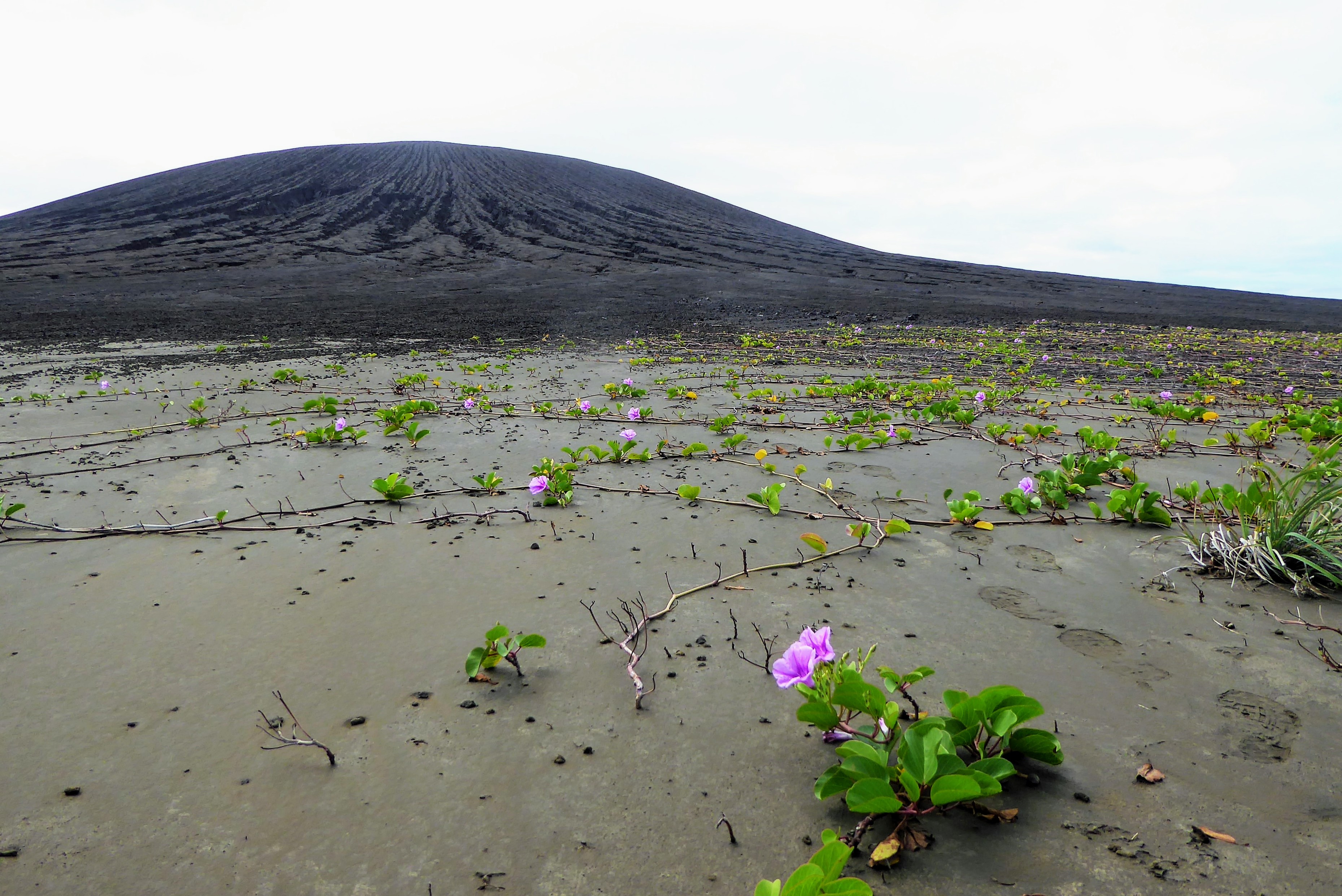
The island is an unusual survivor; most newborn islands disappear in just a couple months, as this one was predicted to do. But a 2017 analysis by NASA revised the island's life expectancy to between six and 30 years. It's one of only three volcanic islands to live longer than a few months in the past 150 years and the first to do so since a fleet of satellites began watching Earth's surface.
But when scientists stepped foot on the new island, it didn't quite match what they had expected based on their satellite views. The elevation changes were more dramatic than researchers had predicted, for example. The data that the team gathered on the ground should help scientists hone the model that they use to convert satellite images to ground heights, according to NASA.
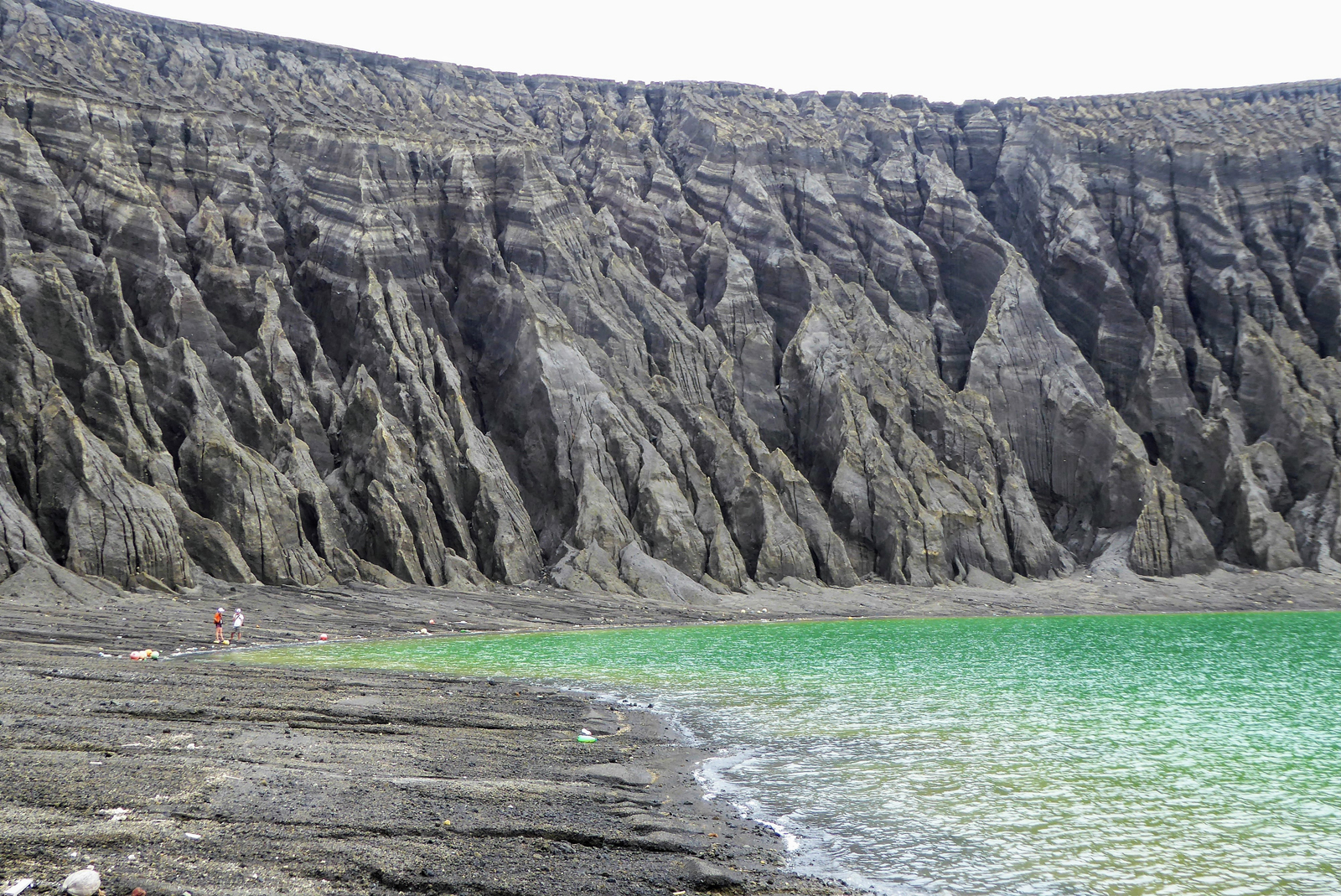
Slayback also collected rock samples with permission from a Tongan representative, and the researcher said he hopes that the data gathered during the trip will help scientists understand how long the island may survive.
NASA scientists have been particularly interested in the little island because it might be the closest we can get to ancient Mars as that planet would have looked before its oceans evaporated away and its volcanoes fell dormant.
Sign up for the Live Science daily newsletter now
Get the world’s most fascinating discoveries delivered straight to your inbox.
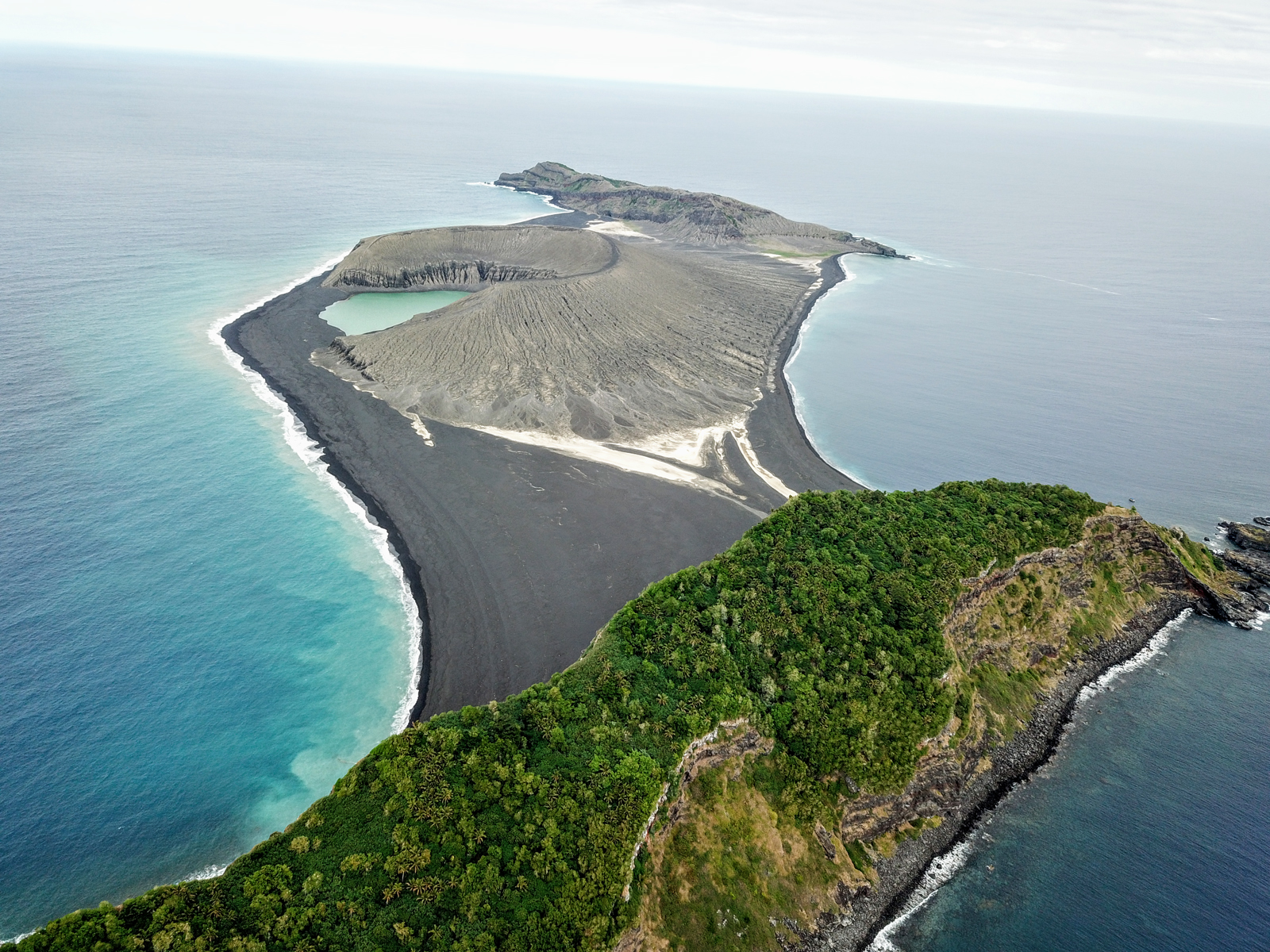
That's a particularly intriguing comparison because of a mystery Slayback discovered when he arrived on the island. Pale-colored streaks of material coming out of the volcano's cone, visible on satellite images, turned out, in person, to be sticky mud, not volcanic ash, which is pulverized rock. "I'm still a little baffled of where it's coming from," Slayback told NASA.
Email Meghan Bartels at mbartels@space.com or follow her @meghanbartels. Follow us @Spacedotcom and Facebook. Original article on Space.com.
Meghan is a senior writer at Space.com and has more than five years' experience as a science journalist based in New York City. She joined Space.com in July 2018, with previous writing published in outlets including Newsweek and Audubon. Meghan earned an MA in science journalism from New York University and a BA in classics from Georgetown University, and in her free time she enjoys reading and visiting museums. Follow her on Twitter at @meghanbartels.

